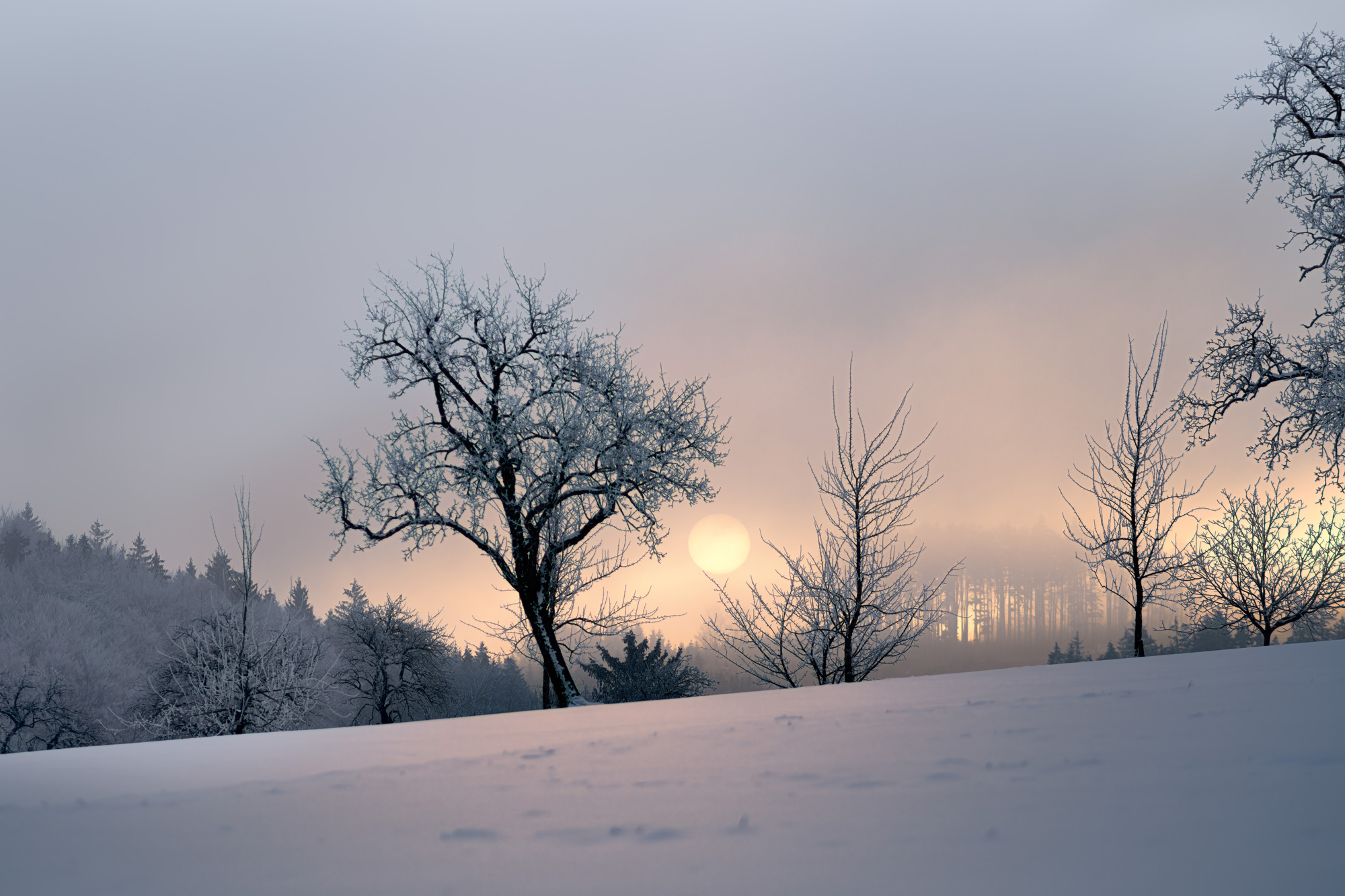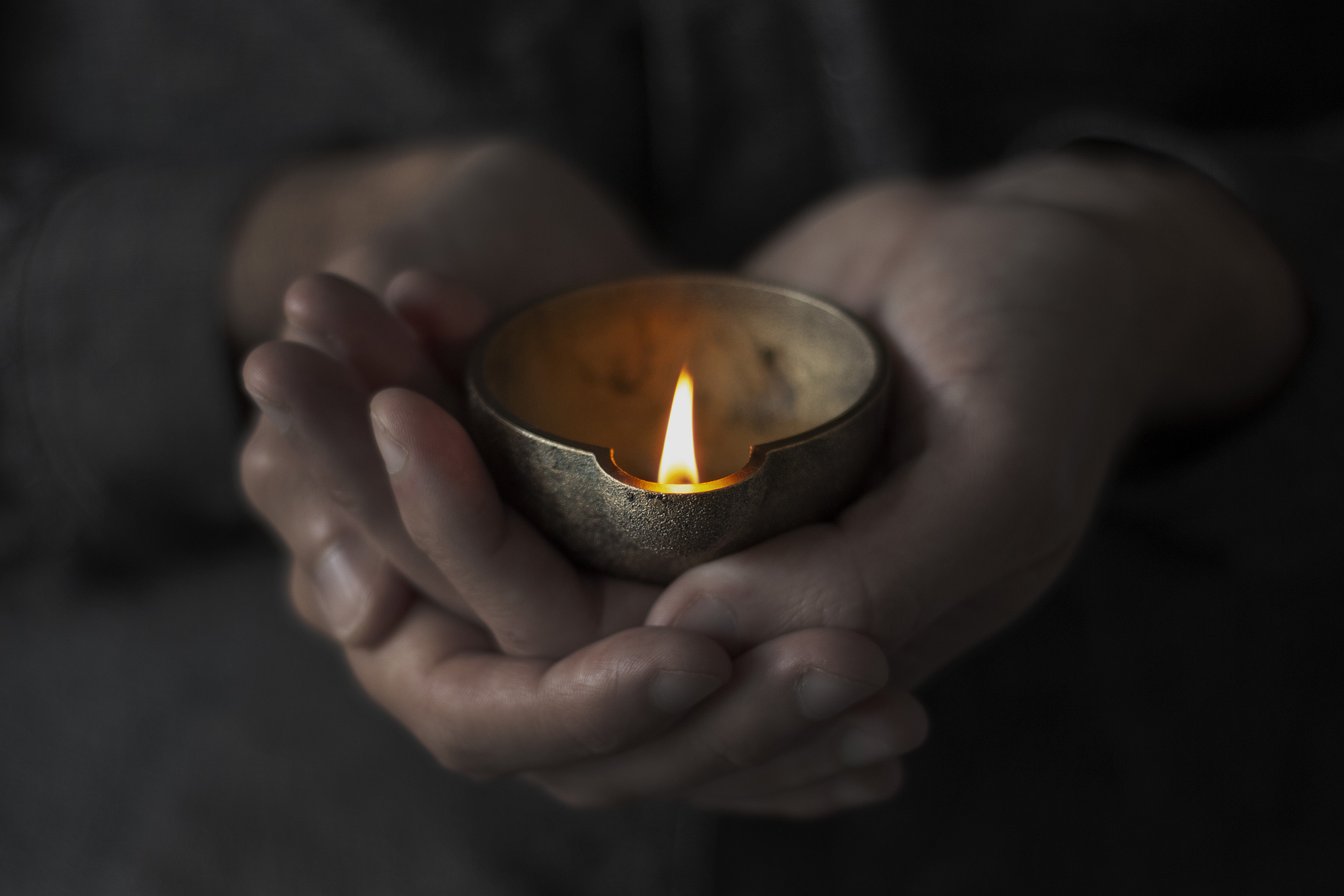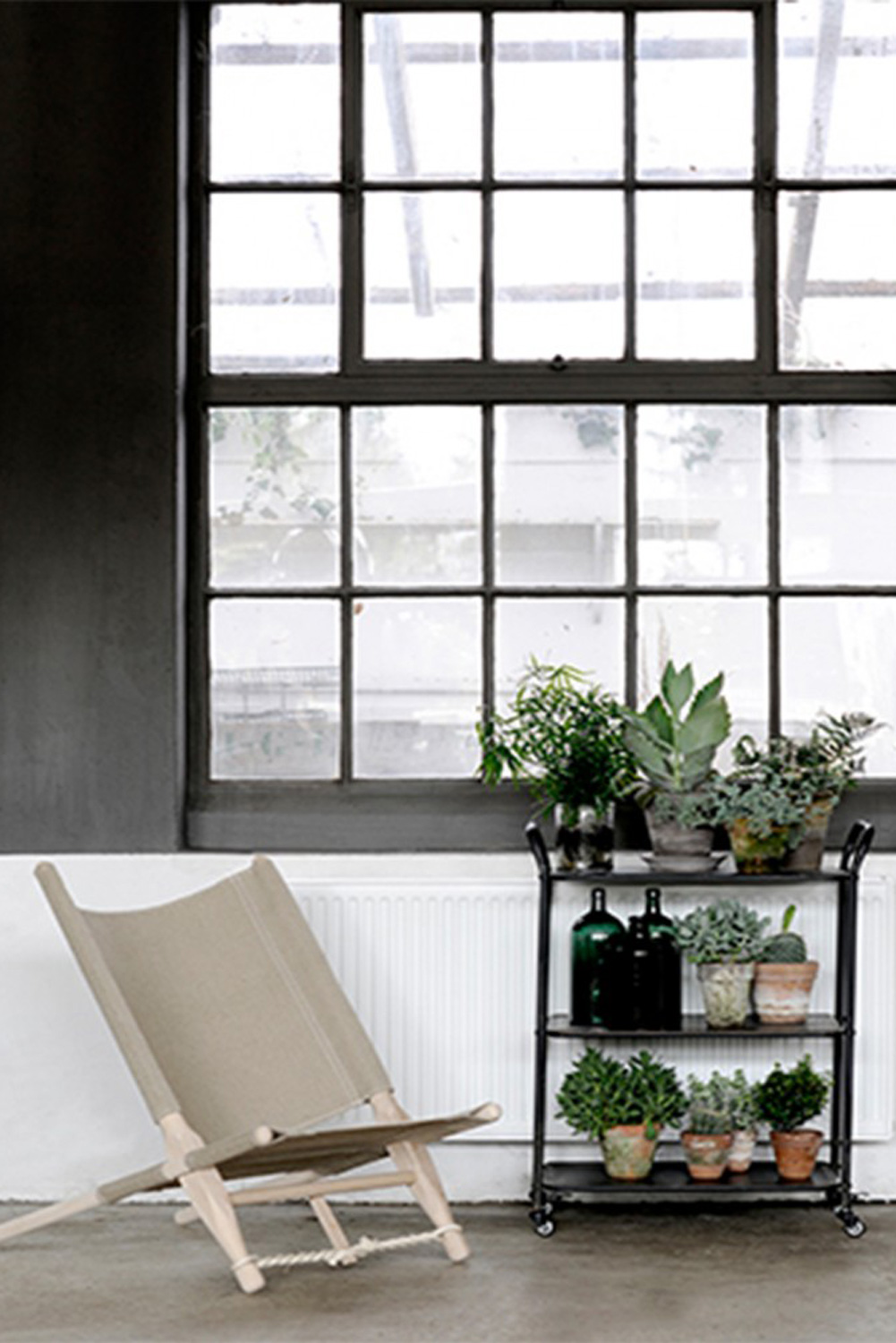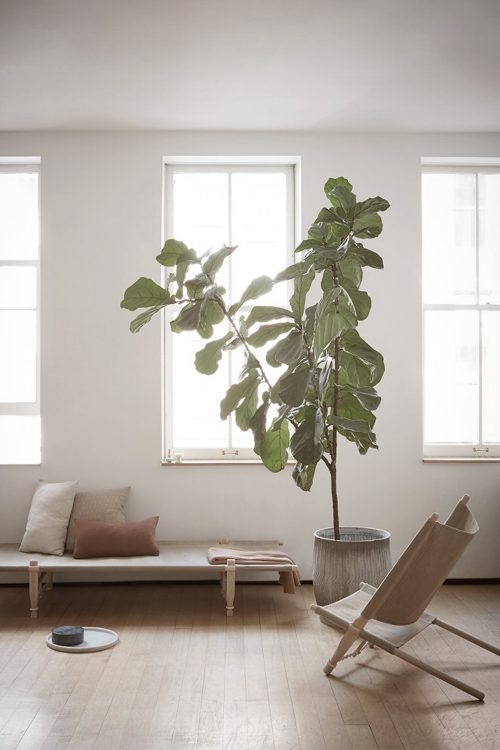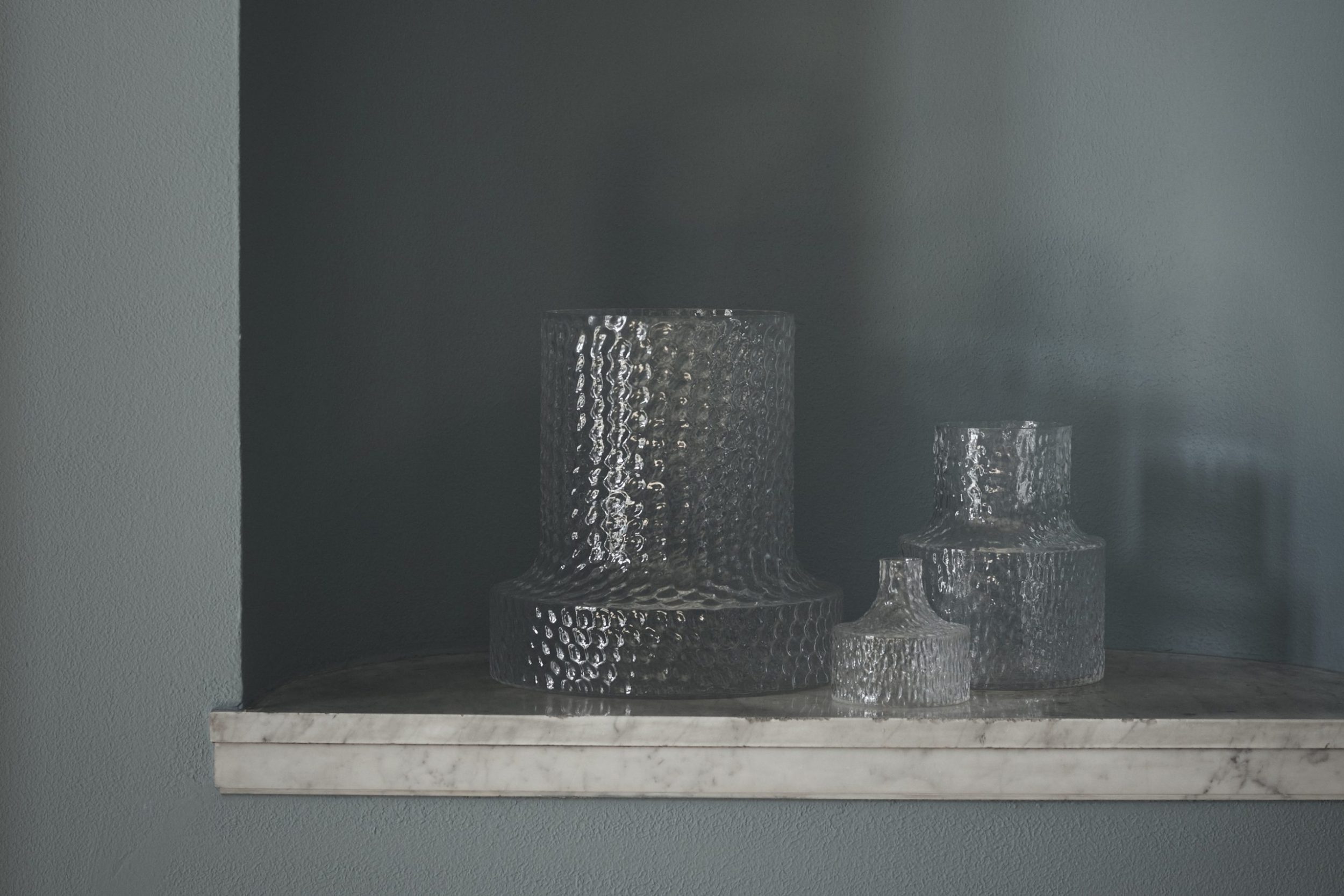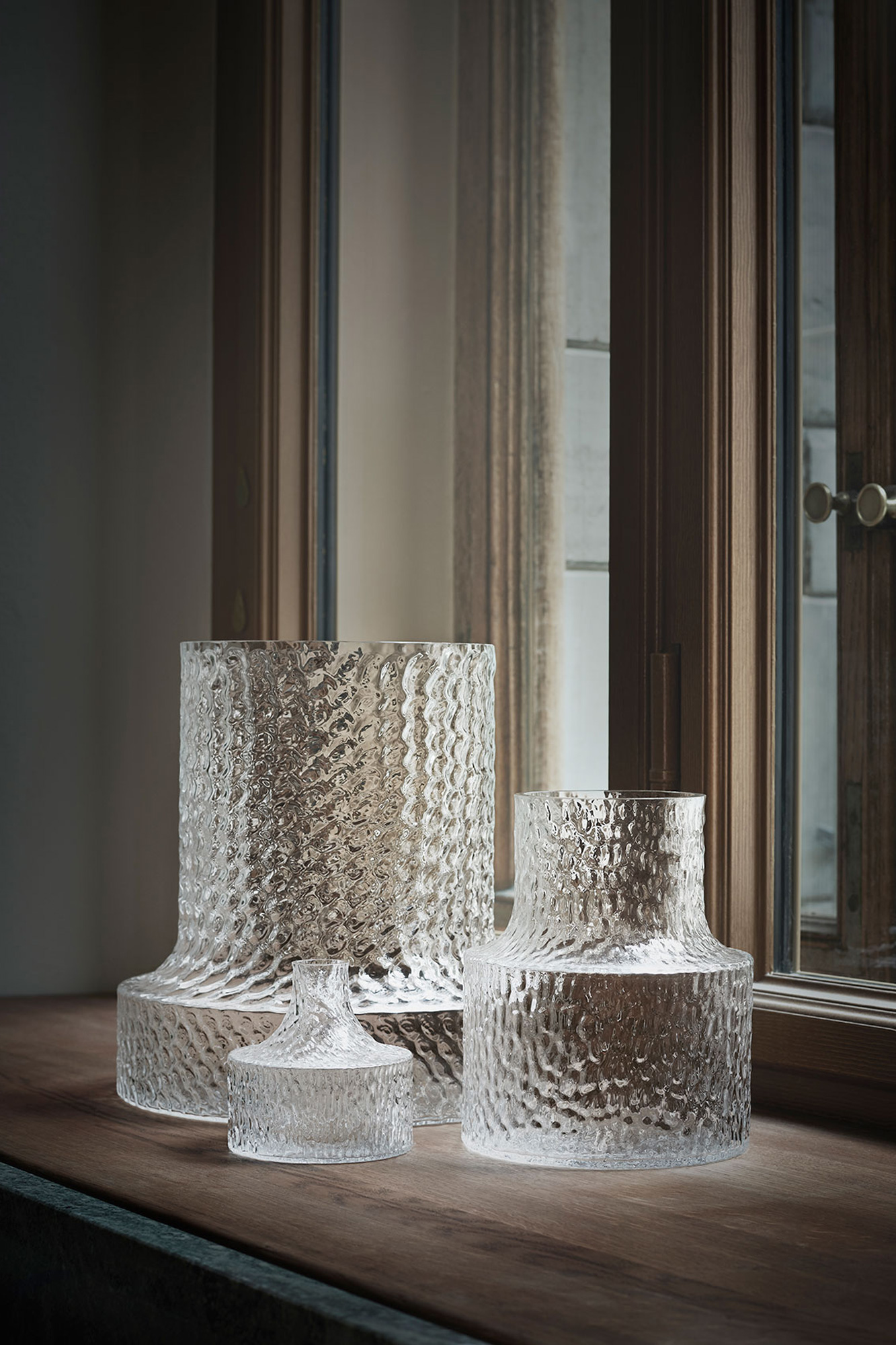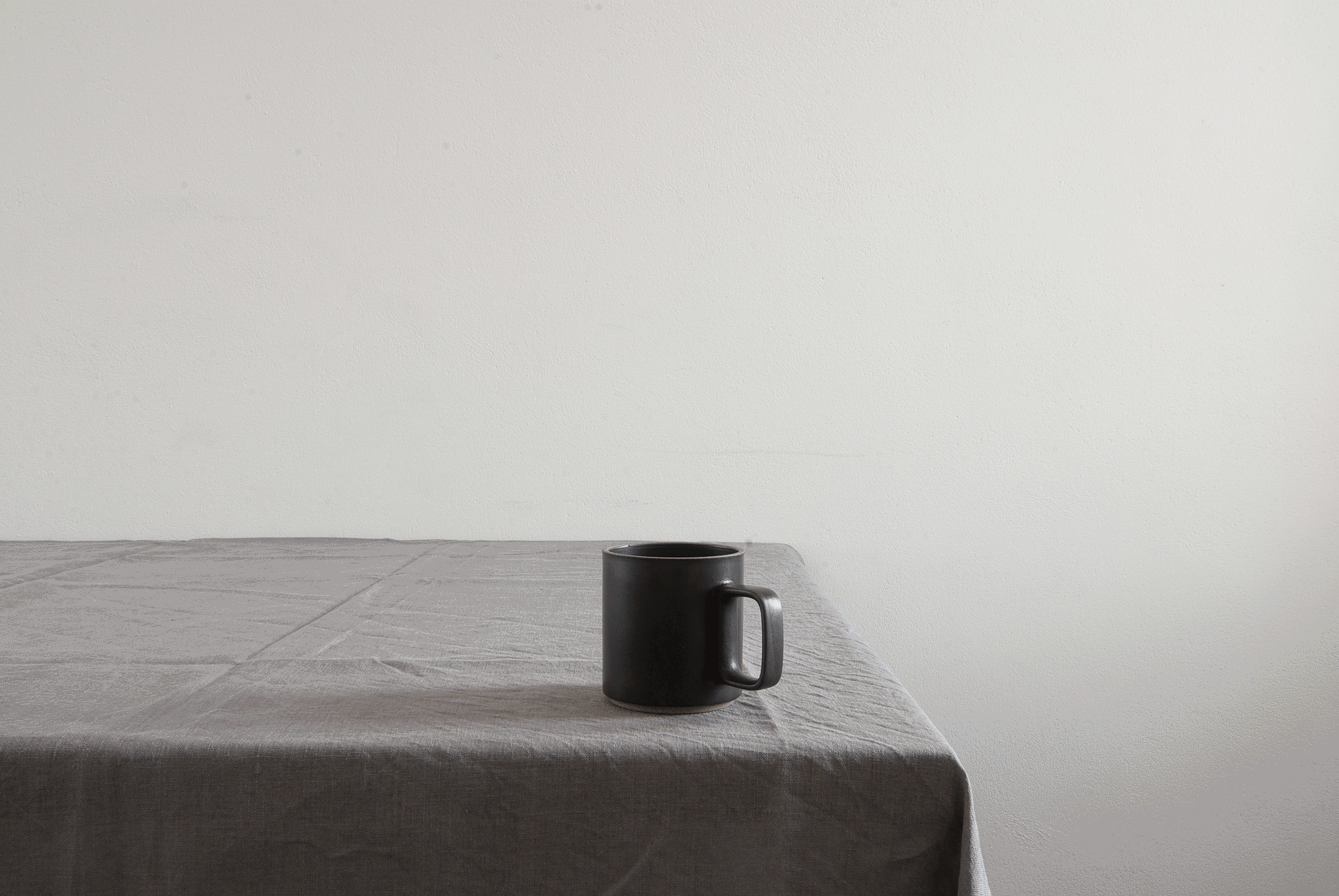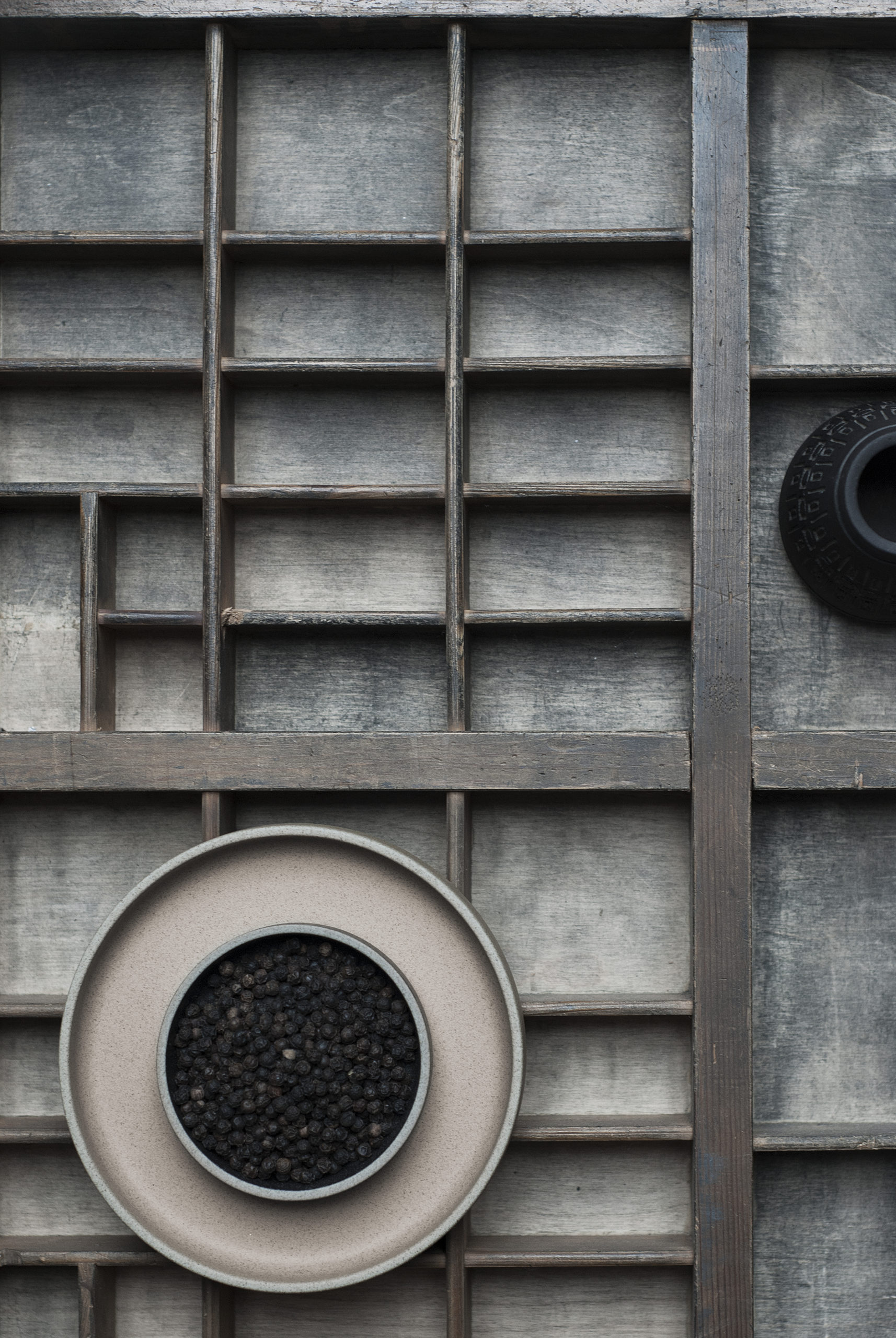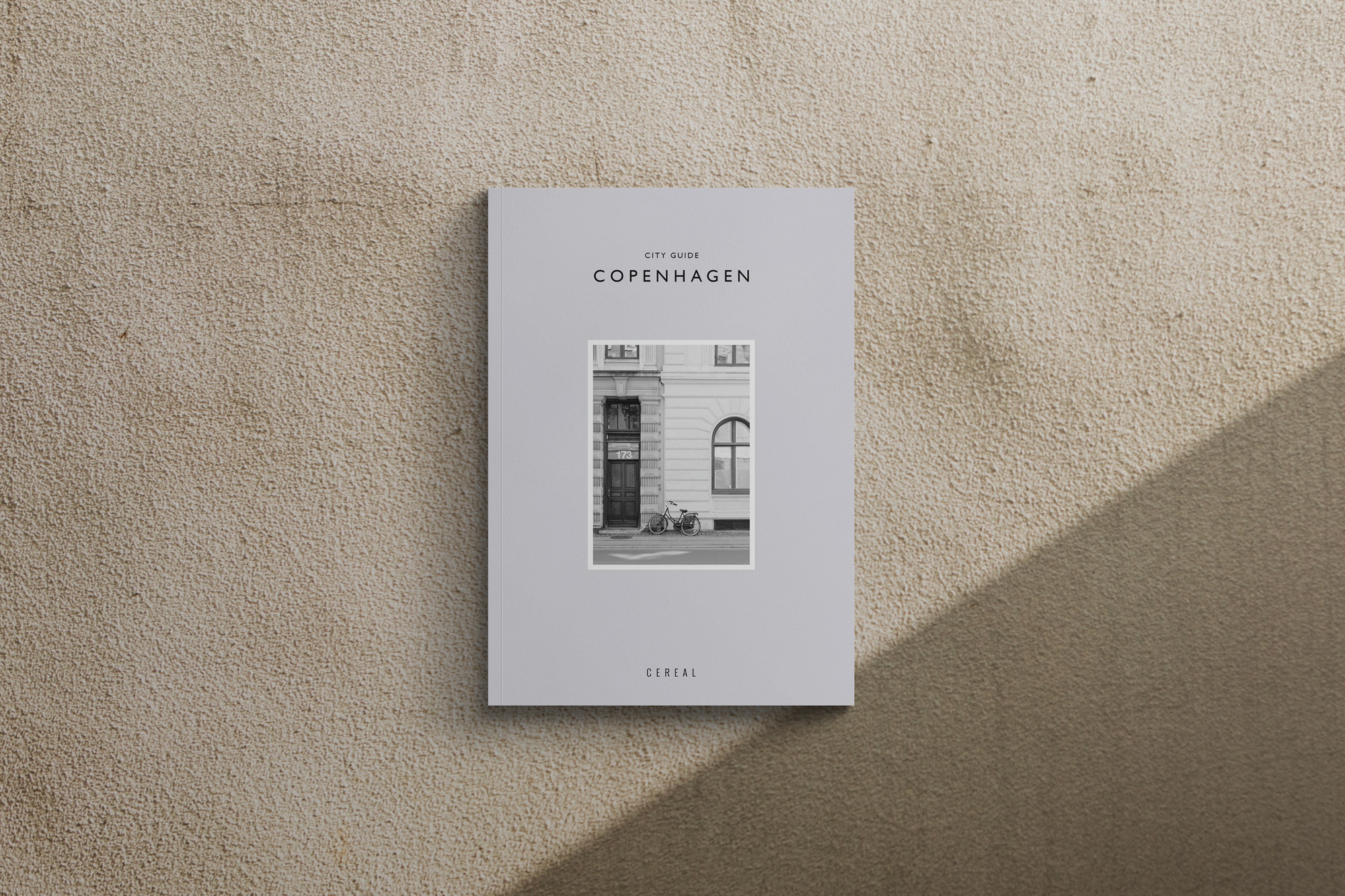
An Aesthete’s Guide to the City
The Cereal City Guides are all perfect travel guides when planning a weekend getaway or longer stay in some of the world’s most interesting and exciting cities to visit – each with its own strong characteristics and intrinsic beauty.
Photography: Toby Mitchell and Martin Kaufmann

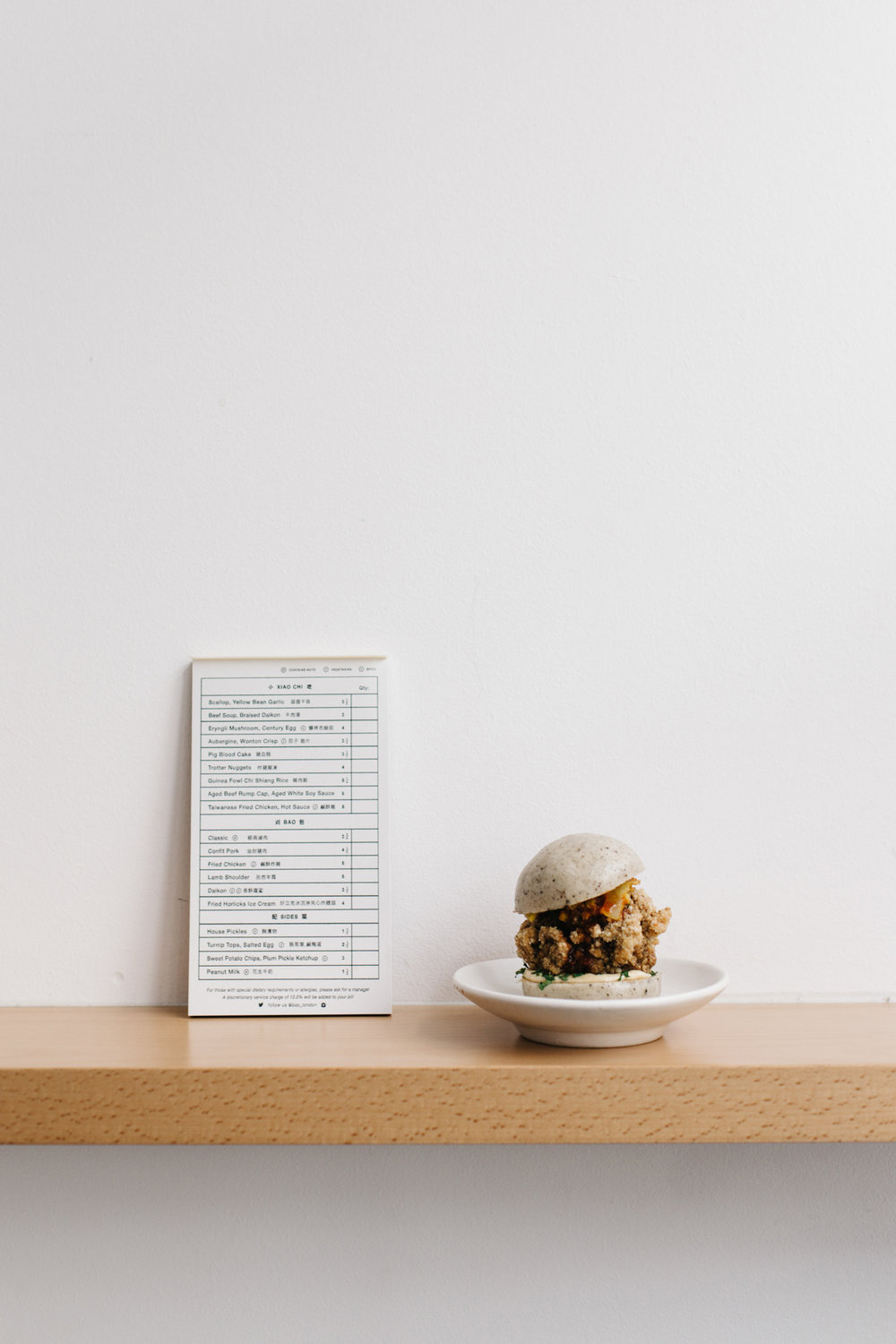
Rather than being your full and extensive directory to your destination, the Cereal City Guides provide curated and carefully selected points of interest and venues that reflect the publisher’s values in quality and aesthetics, primarily aimed at a global audience of design and style-conscious travellers.

The beautifully minimalist guidebooks capture the spirit of each city through interviews with locals, combined with stunning photo essays that feature hotels, restaurants, shops and landmarks. It is all compiled into daily itineraries and maps combined with clever tips on what to pack.
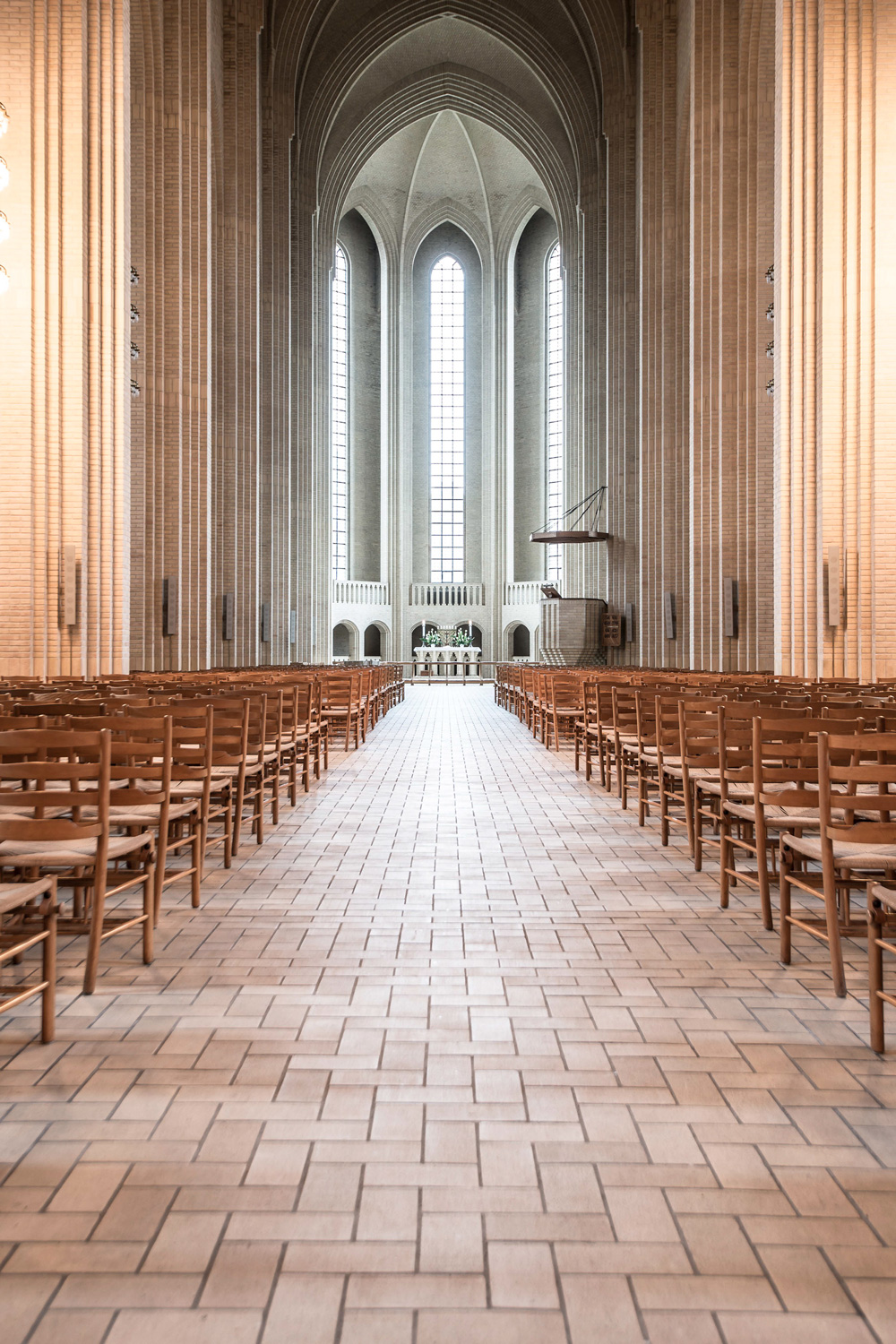
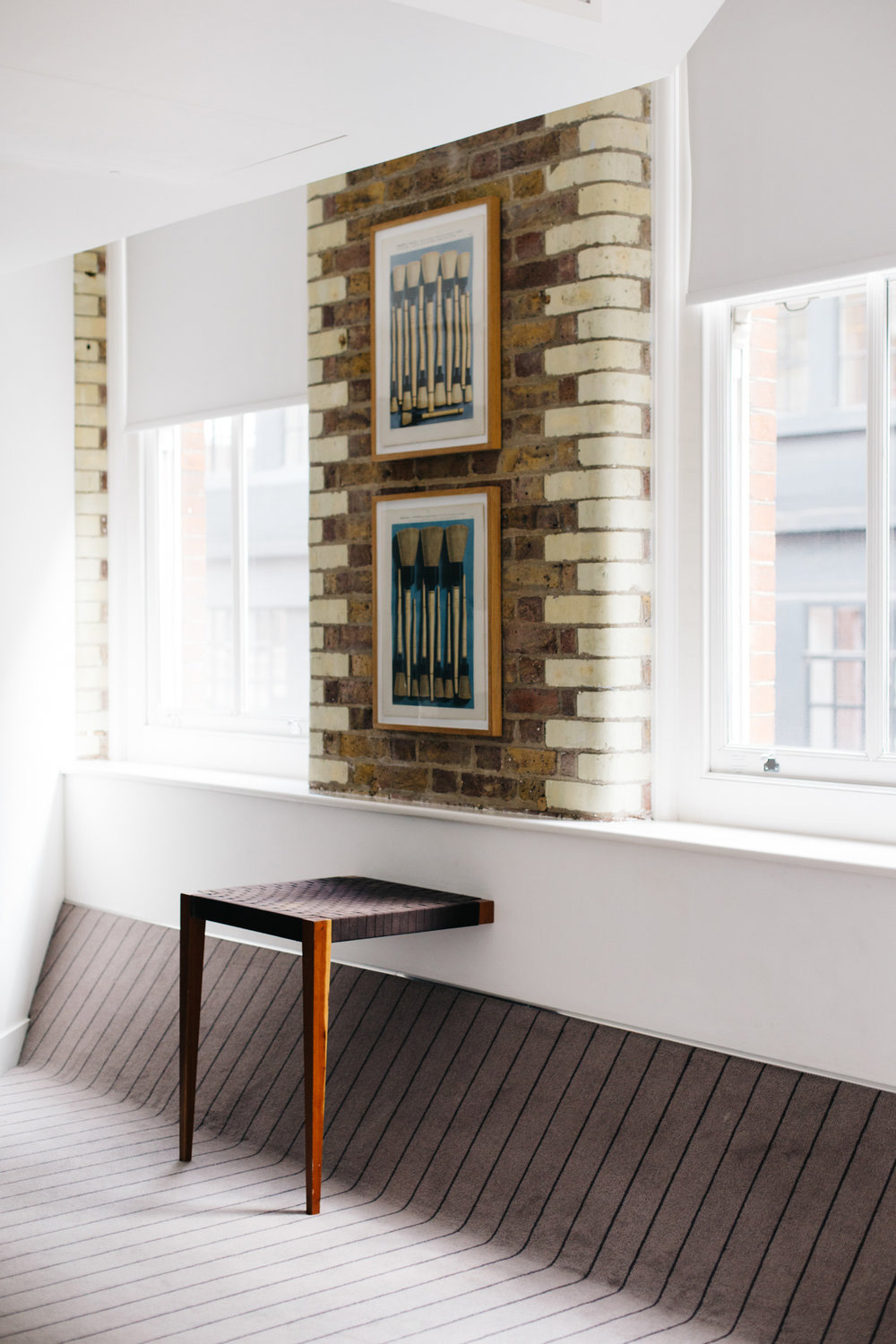
Travel and style magazine Cereal was founded in 2012 by Rosa Park and Rich Stapleton in Bath in the United Kingdom. The personally vetted venues and landmarks of every feature have been compiled into the Cereal City Guides.
The Cereal City Guides currently cover the cities of Los Angeles, Copenhagen, London, New York and Paris.













